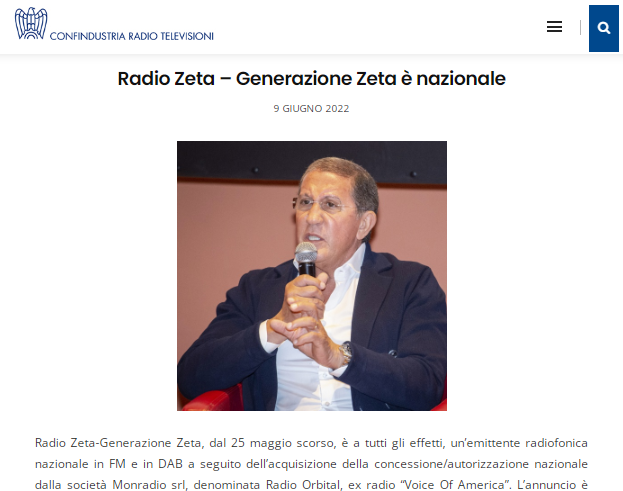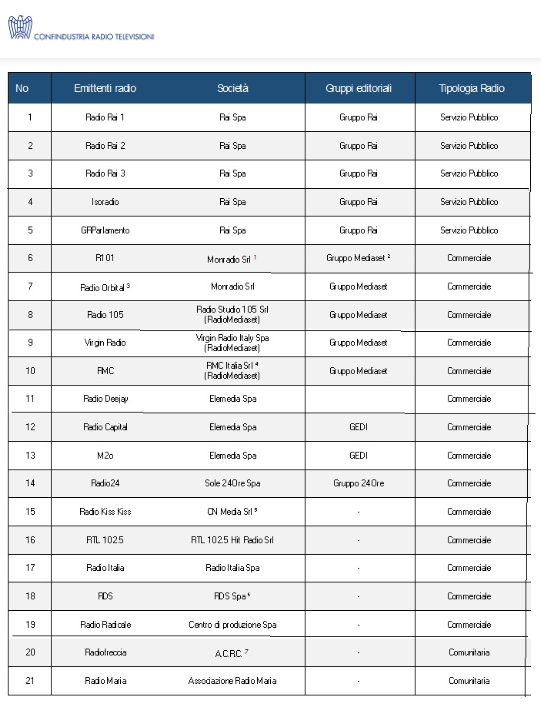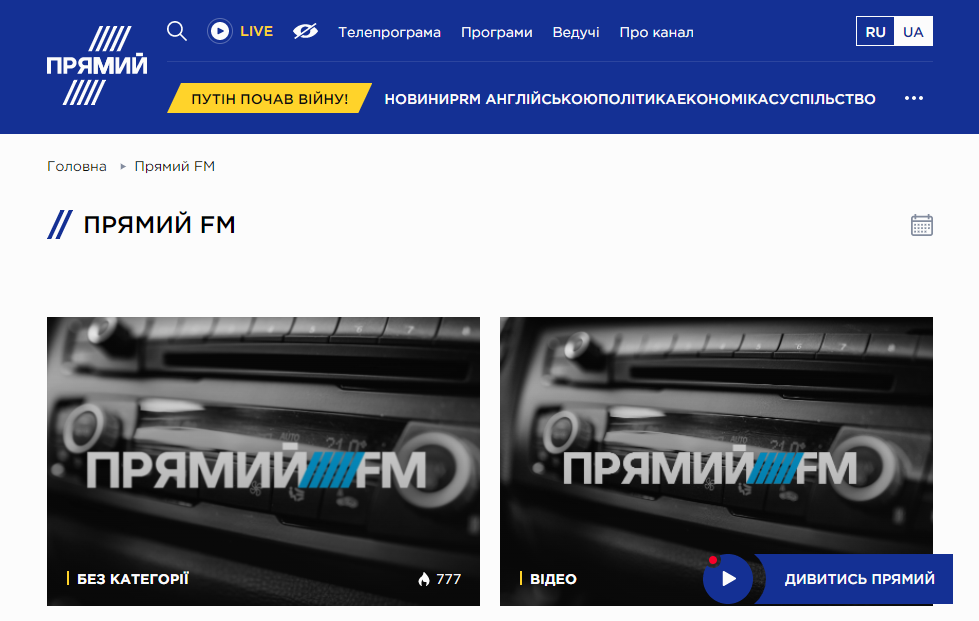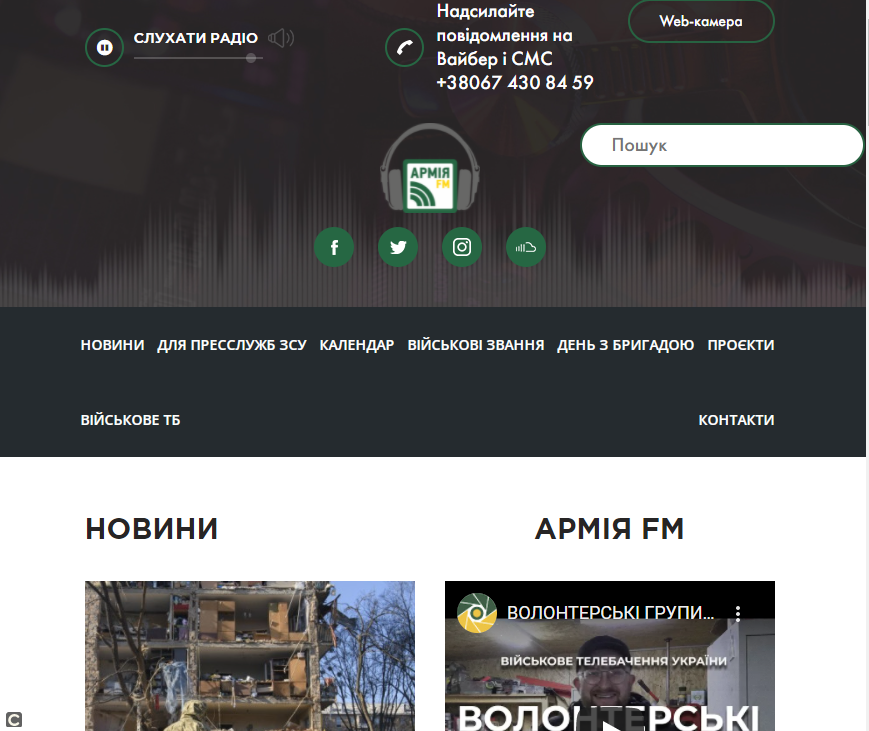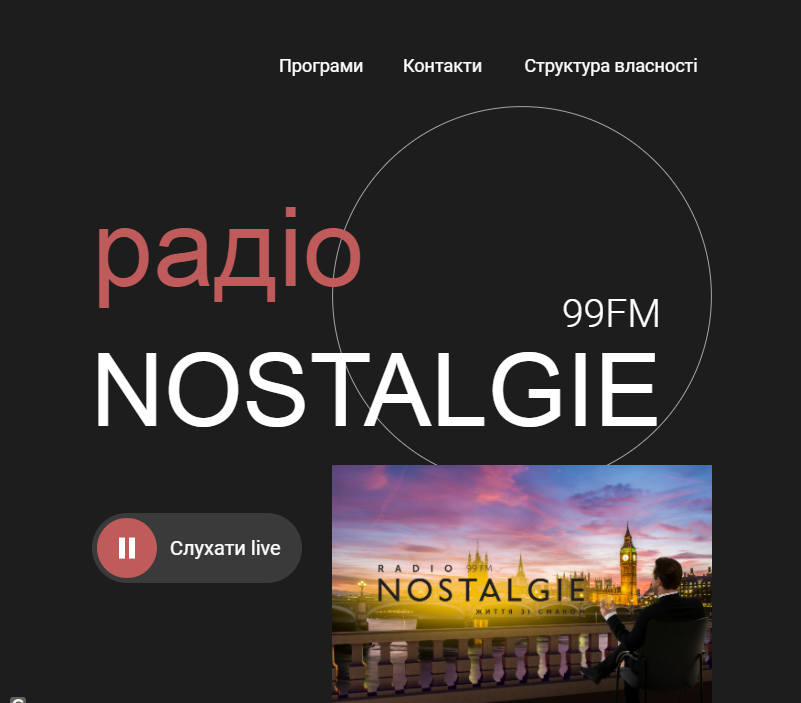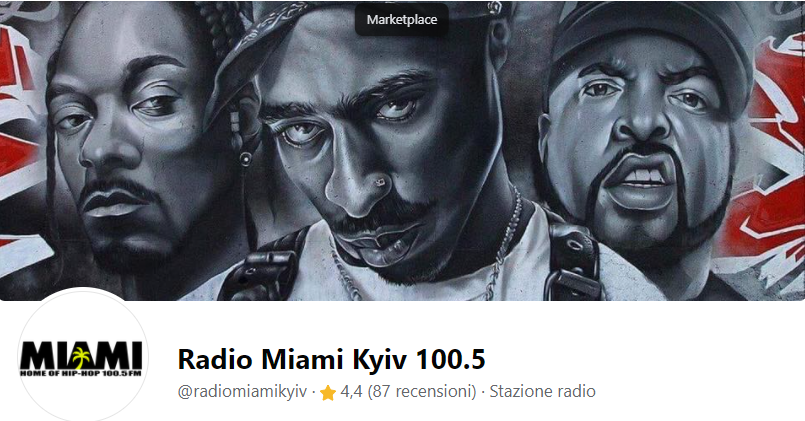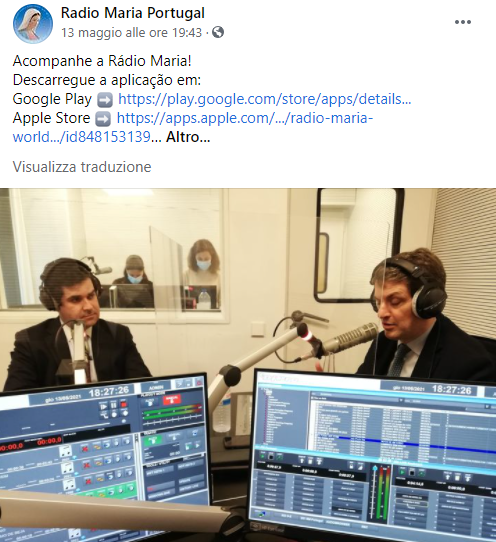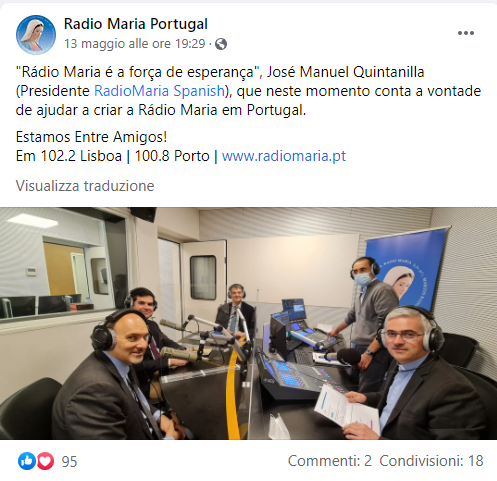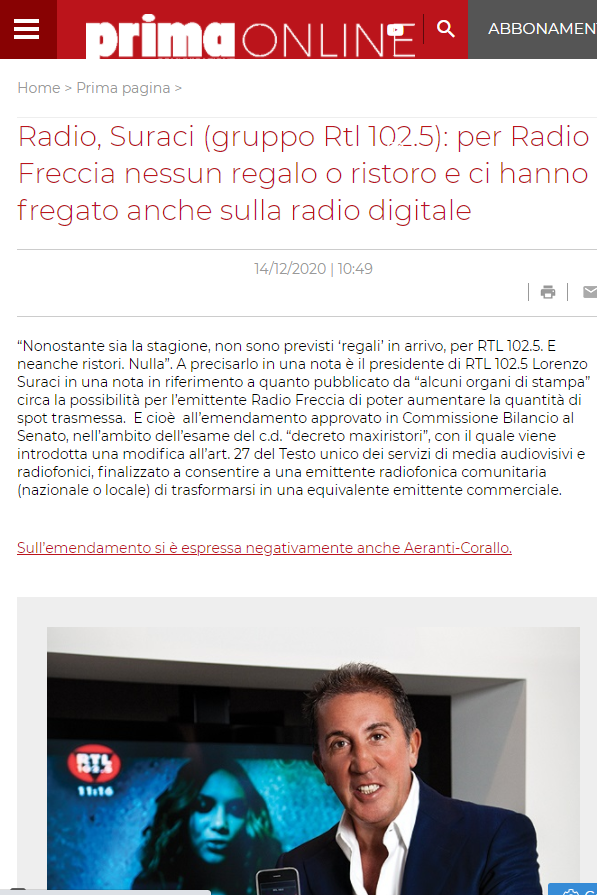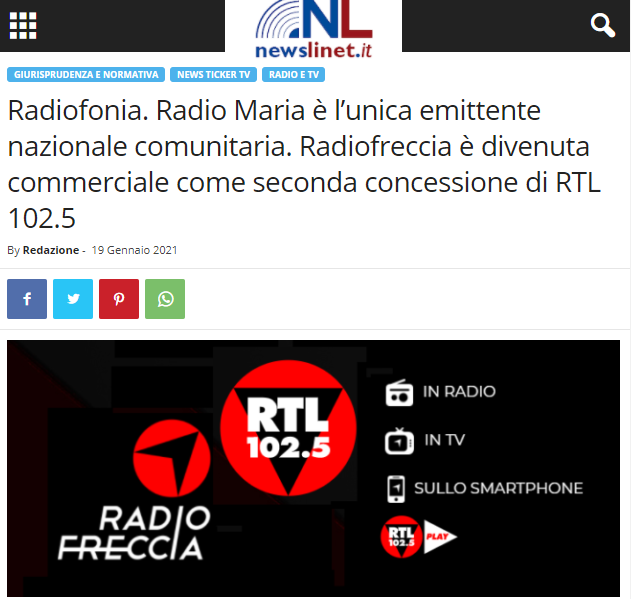
Source
Life is hard for free voices in the Central African country, targeted by the government and rebels, who intimidate journalists reporting on the ongoing conflict in the east of the country. On 12 August 2022, the Congolese authorities arrested and interrogated for several hours Dimanche Kamate, editor-in-chief of Radio Muungano, which broadcasts on 95.1 MHz from Oicha, a town built around a missionary hospital that opened in 1935. The issue was broadcast on 7 August 2022, hosted by a local social defence group, in which the UN report on the ongoing mission (known as Monusco) and the Rwandan government’s support for the M23 rebel group were discussed. According to the military administrator of the area who ordered the arrest, the programme violated the state of siege, in force in North Kivu province, as there are limits to freedom of expression.
Torture and murder
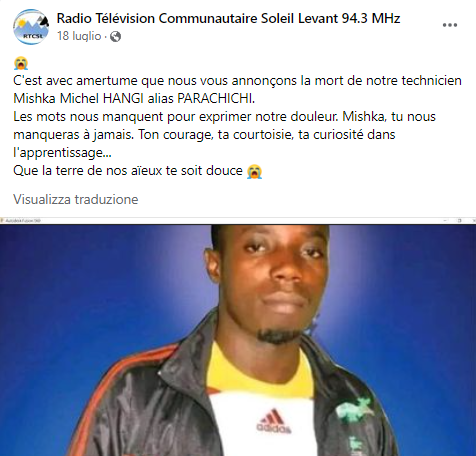
Source
Just over a month ago, on 17 July 2022, Michel Hangi, technician and speaker of a community radio station, was shot dead at around 7pm (night in the southern hemisphere). He had just left the studios of Soleil Levant, a station broadcasting on 94.3 MHz from Kiziba 2, a village on the outskirts of Goma, in Nyiragongo territory (also in North Kivu). He had just finished his programme, which he ran in addition to his job as a technician, and which involved the involvement of listeners: for the moment his murder is unsolved. While fearing for his safety, a journalist from La Voix de Mikeno, a community radio station broadcasting from Bunagana on 97.7 MHz, was captured and tortured on 5 July by M23 rebels.
Studios destroyed and staff in exile
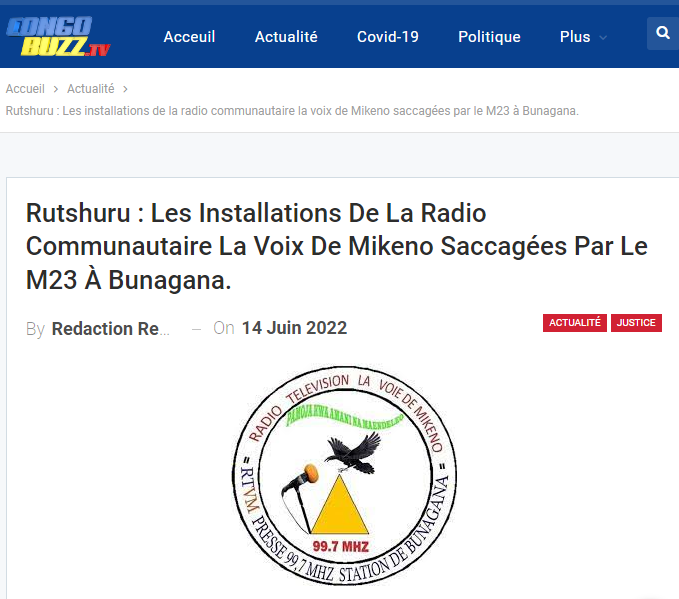
Source
The station was vandalised on 13 June, as soon as the paramilitary group M23 took control of the town (the most important near the border with Rwanda). The staff (who fled to Uganda and other river towns in Bunagana) only managed to save two portable recorders. The military formation controls the Bunagana area near the borders of Rwanda and Uganda (North Kivu) accusing the press of passing on information about the group’s positions and hideouts to the government. Eastern Congo, which borders Rwanda, lives under threat from dozens of armed groups vying for the mineral wealth of the region: gold, diamonds and coltan, a mixture of minerals from which tantalum, used in the electronics and semiconductor industry, electric cars, laptops and mobile phones, is extracted, as explained in various articles by the Voice of America, Radio Maria and the Ispi Centre for International Political Studies.

